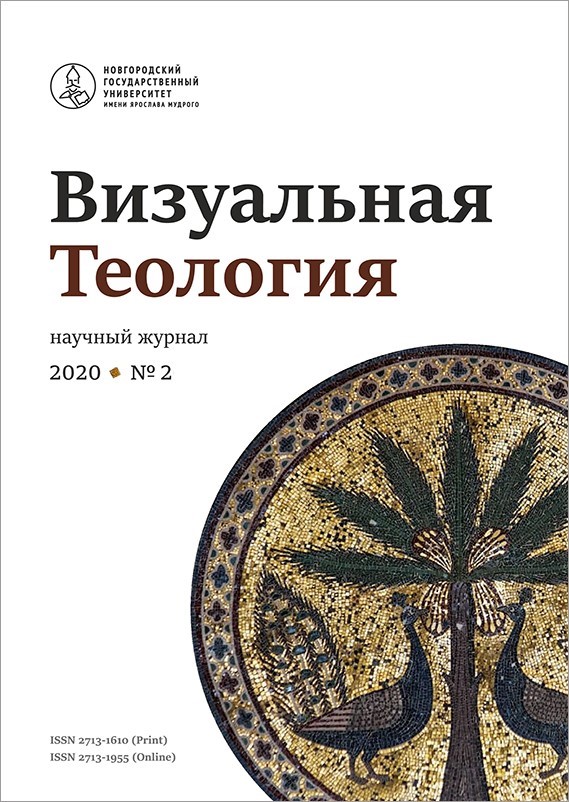Ancient Philosophers in Orthodox Churches: The Sources of Generation and the Reasons for the Distribution of the Iconographic Tradition
Abstract
The article is devoted to the consideration of the origins and reasons for the spread of the iconography of ancient philosophers in Orthodox churches. Until now, unfortunately, this problem has not received the attention it deserves neither in European scientific literature, nor even more so in Russian, and where it is still being investigated (mostly fragmentarily and not purposefully), it comes down mainly to history of art. The author believes that this problem is highly topical, being in the horizon of the attention of such areas of modern humanitarian knowledge as visual and philosophical anthropology, visual theology and aesthetics, history and philosophy of culture and religion, and an appeal to Orthodox origins can reveal anthropological, theological, the historical and cultural depth of the visual image. For example, it is the aesthetics, mysticism and ontology of the image of Christ formed the visual personality of the aesthetics of the human image in Orthodox culture. Therefore, in Christianity the visual image of a person in general and a philosopher in particular is carefully analyzed, its specificity (in comparison with the plastic image of antiquity), the place of distribution, the difference between monumental fresco and mosaic painting from icons, etc. Author identifies several reasons for the origin and spread of images of ancient philosophers: first, the influence of the ancient Greek tradition, in which contemplation and the contemplated image had an undeniable ontological meaning; secondly, the general Christian and, first of all, Orthodox understanding of the image as an aesthetic manifestation of the being depicted, with which personal visual communication is necessary, capable of transforming a person; thirdly, the dialogue of cultures – primarily Orthodox and Ancient Greek, Eastern Christian and Western Christian, Byzantine and Russian – which is the engine for the spread of iconographic artistic innovations; fourthly, the influence of various written sources (such as the legend of the baptism of the bones of Plato or the “Prophecies of the Hellenic Sages”), which often directly determined the specifics and structure of the visual-narrative image of ancient philosophers; finally, various kinds of historical, cultural and religious events (for example, the capture of Constantinople in 1204 and 1453, the spread of the Novgorod-Moscow heresy of the “Judain” in the 15th – 17th centuries, etc.). The author considers all these reasons in order to present a wide cultural context and a rich, interesting and important visual tradition of depicting ancient philosophers in Orthodox churches. Concerning the manifestation of this tradition in Byzantium, Serbia, Bulgaria, Romania, the author shows how the images of ancient philosophers were presented in Russian medieval church iconography. The author reflects over Moscow cathedrals (the Annunciation and Assumption in the Kremlin, the Novospassky monastery, the Trinity Church in Ostankino) and the churches of Novgorod and the Novgorod region. Obviously, this approach leads a new way in understanding the image of a person, the history of Orthodoxy and philosophy, the complex modern processes of visualizing the world.


